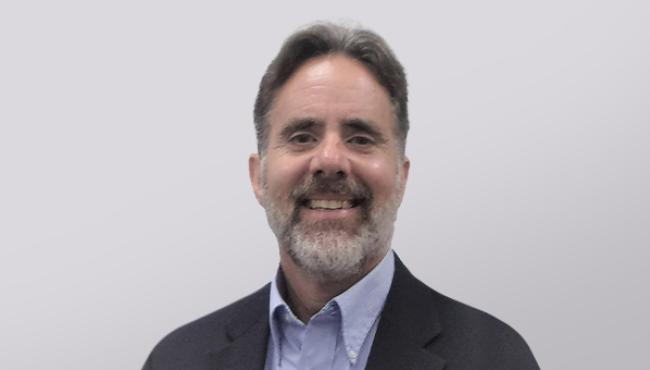
Golden age of sustainable fuels and chemical innovation expediting the race to net zero
Last month, the ABLC Next conference took place in San Francisco, bringing together leading companies, project developers, investors and government agencies to promote and advance the bioeconomy.
The conference focused on several themes, including:
- Strategies for expediting project development and increasing the availability of advanced fuels and chemicals
- Approaches to curbing atmospheric carbon dioxide (CO2) emissions, for example, carbon capture and sequestration, the use of biochar and achieving the goal of net zero
- The role of public policy in establishing effective incentives that can generate compelling market signals for investments
- The current technological landscape and emerging innovations that can drive down the production costs of advanced fuels and chemicals while introducing novel low-carbon solutions to the market
During the opening panel session, AFRY Management Consulting Director Dr. Alexander Koukoulas addressed the potential of forest biomass in the United States. Woody biomass was highlighted for its clear advantages, but there was also recognition of increasing competition for this resource. This competition is expected to intensify, particularly as hard-to-decarbonise sectors and the traditional forest products industry increase their demand for wood.
An overriding theme was the recognition of a “need for speed” in moving bioeconomy projects towards commercialisation, as many projects were experiencing delays. The conference also put a strong emphasis on increasing the supply of sustainable aviation fuels (SAF). The US Department of Energy’s Grand Challenge goal of achieving net-zero emissions in the aviation sector by 2050 was a popular discussion point, recognising that it sets a near-term goal for SAF production of 3 billion gallons (11.3m metric tonnes) per year by 2030 and a long-term goal of 35 billion gallons (132.2m metric tonnes) per year by 2050. To provide context, today's US production of SAF is a mere 17 million gallons or 0.06 million metric tonnes.
The conference explored the commercial realities between renewable diesel (HEFA) and SAF, the cost advantages of renewable diesel, and the challenges in bridging the production cost gap between these two products to ensure a reliable SAF supply. Participants emphasised the necessity of creating a “level playing field” that can incentivise producers to increase SAF supply.

Another significant theme of the conference was the development of new products derived from renewable sources of biomass. Topics such as the EU Border Adjustment Mechanism, carbon tax and book-and-claim systems were discussed. The potential of carbon capture and sequestration in conjunction with biomass was highlighted as a pathway to achieving net-zero emissions. The utilisation of agricultural residues for fibre production was among the topics covered. Lastly, the conference acknowledged extensive US government funding for bio-based projects, including various programs like the DOE’s loan guarantee authority and the USDA’s Rural Energy for America Program (REAP).
One can argue that the United States has entered a Golden Age of advanced fuel and chemical innovation, spurred on by enormous government investment and regulations that favour sustainable, low-carbon fuels, chemicals and materials. This is an exciting time for the bioeconomy, one filled with enormous opportunities for investment and developing technological solutions that can achieve net zero.






